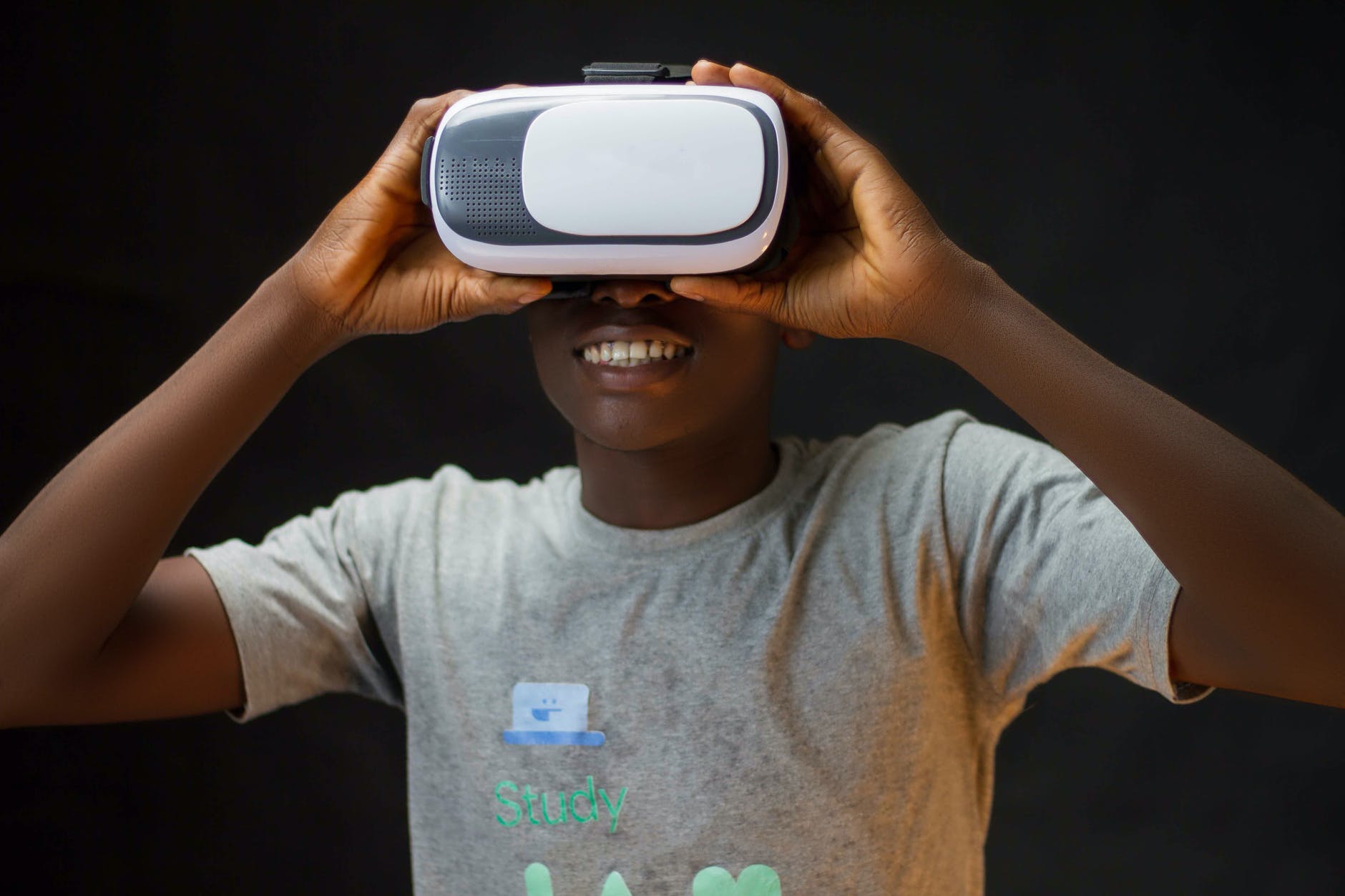Mark Zuckerberg stole the spotlight last october as he announced the change of his company’s name to Meta, integrating Facebook, Instagram, WhatsApp and Oculus.
The name is a reference to the metaverse, a digital world in Web 3.0 that promises to break boundaries and completely change our reality in terms of entertainment, work, investments, relationships and much more.
Let’s do some fact checking: Zuckerberg’s announcement gave strength to the term “metaverse” and, with that, a universe of possibilities in the integration of the real and virtual worlds is expected. What is to come in the next few years?
Metaverse’s origin
The word “metaverse” comes from a 1992 science fiction novel bestseller, Snow Crash.
The author, Neal Stephenson, imagined a dystopian world where the book’s main character, a hacker/pizza delivery boy named Hiro Protagonist (how creative), travels from his dark reality to a 3D virtual cityscape, the Metaverse, which goes over 40 thousand miles.
In Snow Crash’s cyberpunk metaverse, people use digital avatars to escape their realities and live up to their expectations of themselves, subverting to this virtual “reality”, the “original” Metaverse.
Stephenson’s work would later influence the Wachowski sisters’ The Matrix movie and Steven Spielberg‘s Ready Player One series.
Far from something new
Zuckerberg’s new invention? Shareholder speculation on top of NFTs and cryptocurrencies? A hoax? None of that.
The metaverses have been around us for some time now. The difference is that, now, we are calling the spade a spade. And yes, you read that correctly: metaverseS. Or did you believe there was only one?
The first metaverse
The first known metaverse, the game Second Life, launched in 2003, gives us a good overview of what is to come. The platform, active to this day, allows you to create a personalized avatar and roam around a three-dimensional virtual world.
It was in 2007, when the game reached 1 million users, that it became possible to glimpse the potential of that metaverse. People started to cross paths with each other frequently, developing valuable relationships, arranging meetings, dates and, in fact, living a “second life” on the web.
In that same year, Second Life made available virtual versions of famous nightclubs, digital speeches and even an Armani store for you to buy clothes online – in and off game. An omen of the NFTs?
Excited, the game’s creator, Philip Rosedale, sought funding to continue the Second Life development endeavor. Among the investors, Jeff Bezos, with approximately US$ 8 million.
For a while, Second Life made it seem like the Metaverse – an immersive 3D world idea that was originally conceived in a 90s sci-fi novel – was finally in our hands and available for a turnaround on the web.
It wasn’t. The year of 2007 marked the peak of Second Life’s popularity. After that, its user count leveled off, then dwindled further, hampered by glitchy graphics, slow internet connections, and the emergence of a popular new place to gather online: Facebook.
While Second Life is approaching defection, with approximately 600,000 active users, Facebook now has 2.9 billion active accounts. And it’s already on decline. Rosedale walked away in 2008, while Jeff Bezos quickly turned his attention to the conventional two-dimensional internet — and Amazon never established an official presence in Second Life.
Other Metaverses
Among the most recent and popular today, we can mention Roblox, Decentraland and The Sandbox.
But the best example we can mention is the MMORPG World of Warcraft, which has been leading it’ market for 17 years, with more than 5 million subscribers. The game is a parallel world of battles and sorcery with an important social component: there are many people who have met their husbands and spouses exploring WoW’s metaverse.
No wonder, Microsoft has just acquired Activision Blizzard, developer of the game, for the trifle of U$S 70 billion. The war for the biggest slice of the metaverse has begun…
Snap has also tapped into the metaverse, but has focused its efforts on augmented reality, a slightly different concept than VR. Augmented reality revolves around using your smartphone or special glasses to augment the real world with virtual elements. Niantic’s Pokémon Go game is the most popular in terms of augmented reality.
Epic Games’ Fortnite, launched in 2017, has come closer to a Snow Crash-like metaverse than any other. Fortnite players see the game as a place to socialize; they talk through audio and video capabilities built into desktop computers and game consoles, or through third-party apps, such as Discord.
There are also virtual concert events by artists such as Travis Scott and Arianna Grande, which have further expanded the scope and influence of Fortnite’s metaverse.
How to enter the metaverse?
Zuckerberg started preparing for this in 2014 when he bought Oculus, a company that develops VR headsets, for $2 billion. Since then, Facebook has acquired more than half a dozen other VR-focused start-ups — including its recent purchase of Within, a Los Angeles-based boutique game developer, for more than $1 billion.
The question is: will the public buy VR headsets to have the full immersive experience? It’s too early to say, but brands have already started to mobilize for the future.
The future of the metaverse
As you’ve read so far, the metaverse has been with us for some time now. But what to expect for the next few years? What is the next step?
Imagine the following situation: you are walking down the street in a totally unpretentious way when, suddenly, you see a billboard for a certain brand of beer. You remember that you are almost out of beer at home and, immediately, that beer offer from the billboard appears next to you. Further down, selectable, other offers, from other beer brands – however, the one that stands out is the advertised one. You make your choice, pay for it with your smartphone and the trackable delivery is scheduled so that you receive your beer in the comfort of your home, the moment you are there.
This is the future of the metaverse.
Aware of this turning point, brands like Gucci, Nike, Budweiser, Coca-Cola and many others have already started to advertise in the metaverse.
What about you? Are you coming?
Meet Verse and join the digital revolution!


